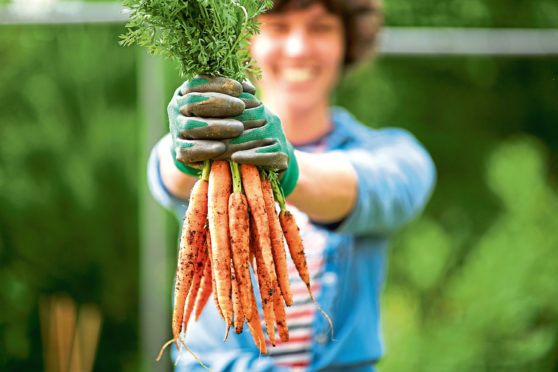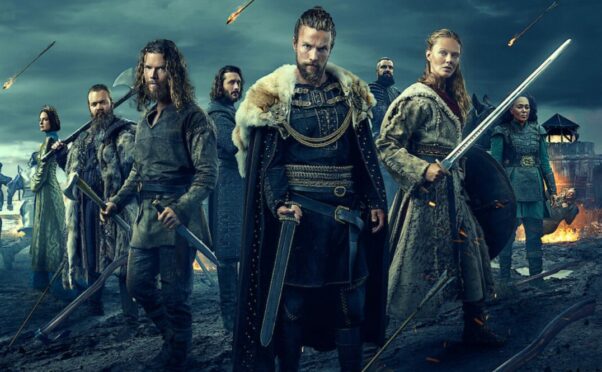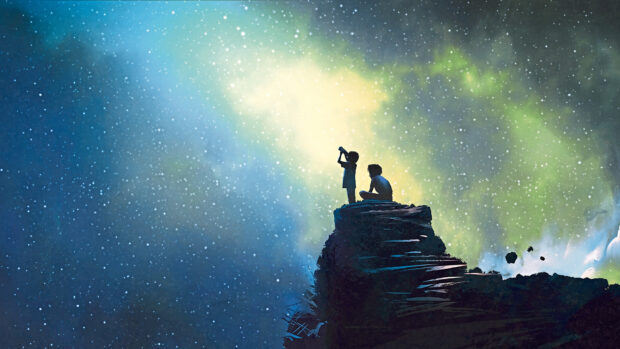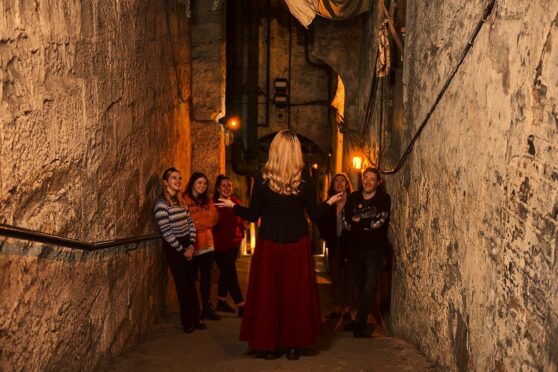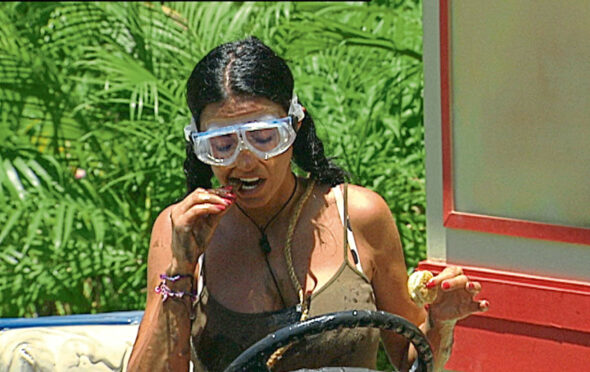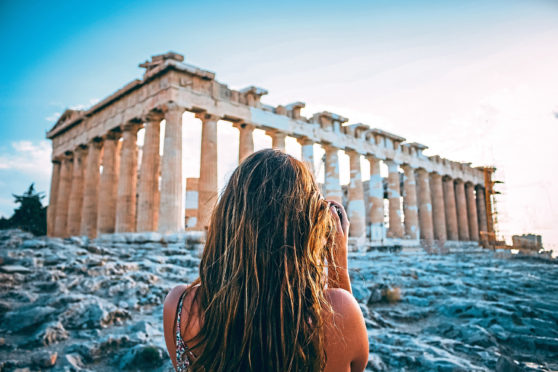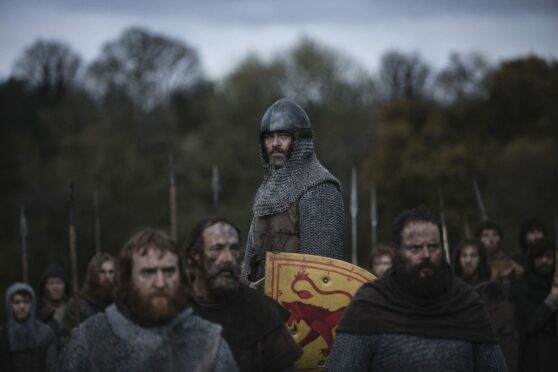
Ahead of this week’s 700th anniversary of the Battle of Byland, Robert the Bruce’s final major victory over the English during the Wars of Scottish Independence, historian Phil Carradice tells Laura Smith the Honest Truth about the life and legacy of the warrior king.
When was Robert the Bruce born and what was his claim to the Scottish throne?
Robert the Bruce was born on July 11, 1274 at Turnberry Castle in Ayrshire. He came from one of two great families in Scotland at the time. When Margaret, Maid of Norway, the only surviving heir of King Alexander III, died, Scotland was without a monarch. Bruce’s father, Robert Bruce, was one of the nobles vying for the throne but was passed over in favour of John Balliol, who proved to be a weak king.
Robert Bruce disliked Balliol and pledged fealty to Edward I of England on the condition his heir would be crowned king. However, after Edward defeated the Scots and ousted Balliol in 1296, he refused Robert Bruce’s claim and made him governor of Carlisle instead.
What swayed Robert the Bruce towards independence for Scotland?
Robert the Bruce was in Carlisle when William Wallace’s rebellion began. Initially, he watched on from afar because he had pledged allegiance to Edward I and, as a nobleman, he believed in fulfilling is word.
Eventually Bruce and his father realised that Edward, despite his promises, would never pass on the crown. Robert the Bruce changed sides and decided to support William Wallace because that was the only way to guarantee a free and independent Scotland.
What was the relationship like between Bruce and Wallace?
Robert the Bruce knighted Wallace as guardian of Scotland. I think Bruce admired what Wallace had done and the stance he had taken in rebelling against Edward I with force as well as words. I believe Wallace looked up to Robert the Bruce as a man of learning. He spoke three languages, he was a famous jouster and a natural leader who had a way of drawing men to him, and he wanted the power of the Bruce family on his side.
What kind of man was Robert the Bruce?
He was highly educated, fluent in Norman French, Gaelic and English, and also a warrior of note and a skilled tactician, having grown up reading many books on military tactics. He saw how Wallace lost his battle with the English and realised the Scots could not match the skill of highly-trained English knights outright, so he fought guerrilla campaigns against the English until Edward I died.
How did he triumph at Bannockburn?
Bruce was pushed into a battle with the army of Edward II, who was not a quarter of the man his father was as king or warrior. Robert the Bruce outgunned him, if you like, at the battle. It was a hammering because the English army was badly run and got themselves tactically into all manner of problems by putting the actual Bannock Burn at their back so they were imprisoned by the terrain. It was a major victory for the Scots – and a real kick in the pants for the English.
October marks 700 years since the Battle of Byland. Why is this battle significant?
The Battle of Byland, which took place in Yorkshire on October 14, 1322, was the most significant encounter between Scots and English troops since Bannockburn. When the Scots won, Edward II fled so quickly he left behind the Great Seal of England and other treasures that Bruce sold to fund his campaign. It was the last significant battle between the English and the Scots in Robert the Bruce’s time and led to 30 years of peace.
When was he crowned king?
It took about 20 years to win independence. Bruce was known as King of the Scots during the Wars of Scottish Independence and was crowned in Scone Abbey in 1306, but he was officially recognised by Pope John XXII as King of Scotland in 1323. He spent most of his rule battling against the English to achieve and maintain a free, peaceful Scotland. He died on June 7, 1329.
Robert the Bruce: Scotland’s True Braveheart is published by Pen and Sword

Enjoy the convenience of having The Sunday Post delivered as a digital ePaper straight to your smartphone, tablet or computer.
Subscribe for only £5.49 a month and enjoy all the benefits of the printed paper as a digital replica.
Subscribe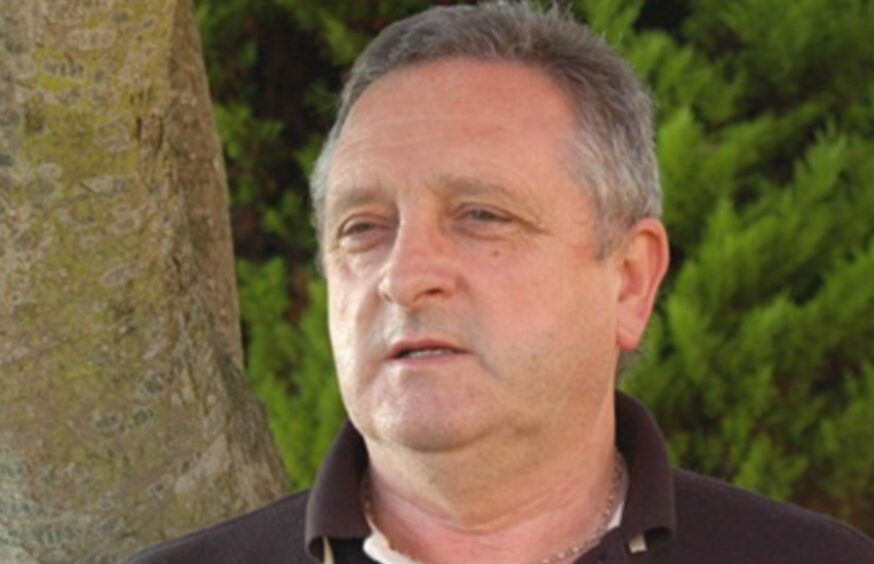 © SYSTEM
© SYSTEM